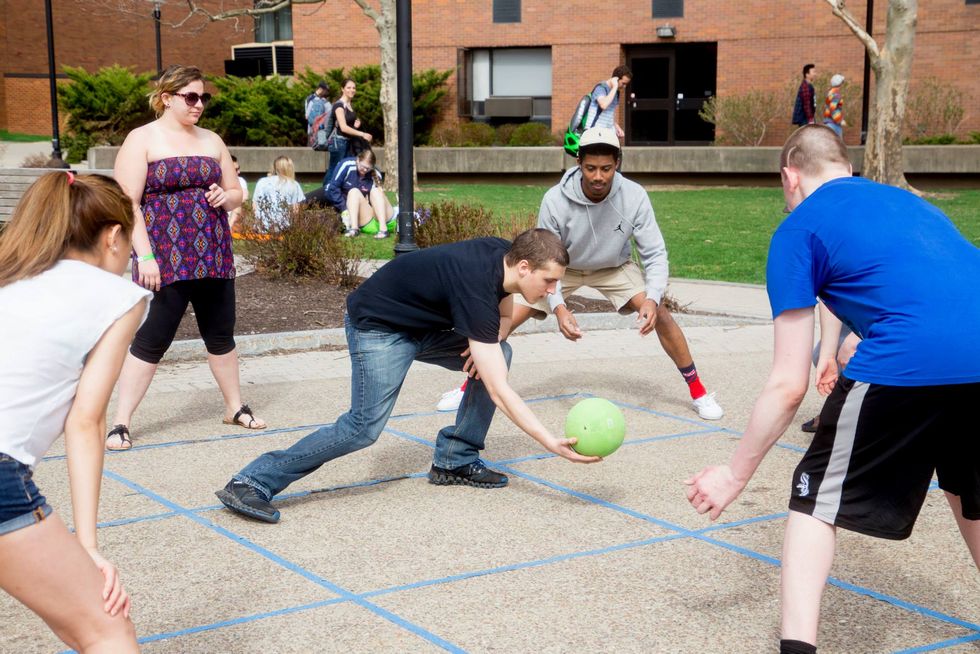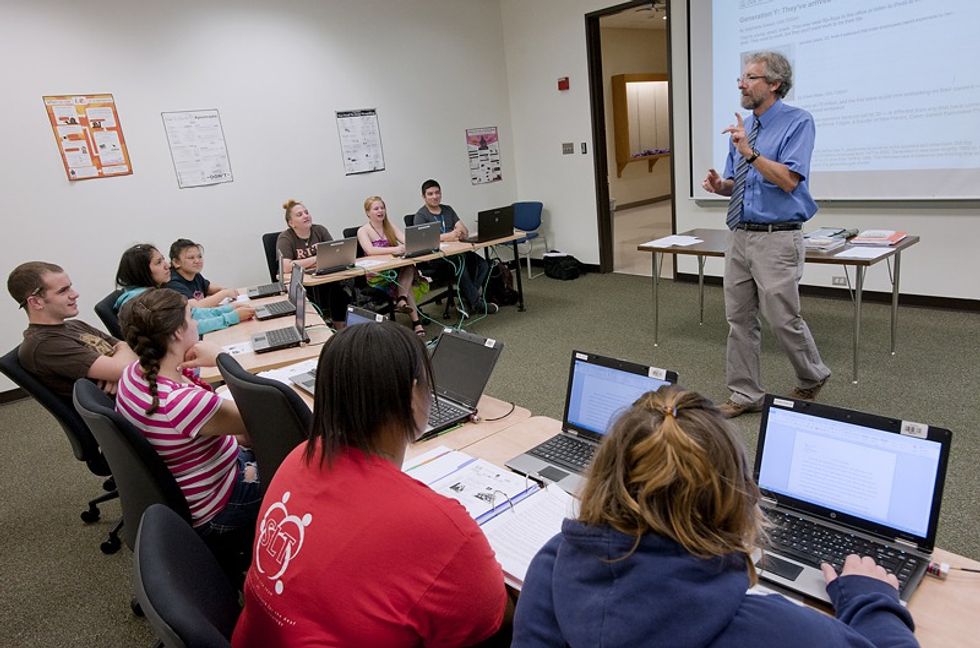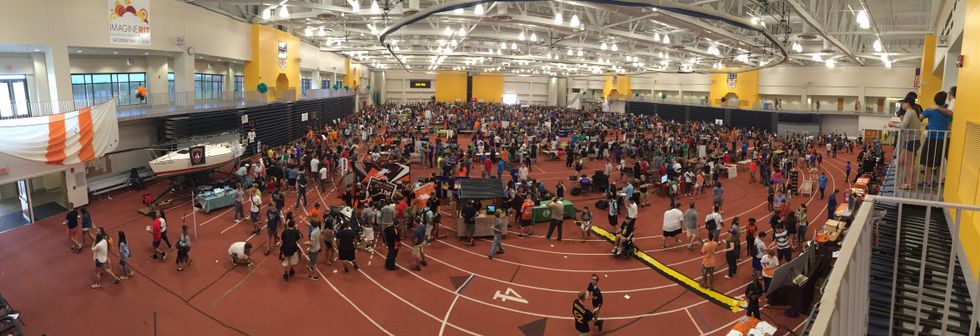The night before we embarked on our 10 plus-hour road trip to Rochester, N.Y., to drop my brother off for his second year of college, my papa asked me, in regards to my brother, why would he want to go to school so far away? Why is Rochester so different? What’s the draw?
I feel like this would be a normal question for anyone going so far away from home, but the answer is anything but extraordinary in this case.
Rochester Institute of Technology has 1,387 deaf and hard-of-hearing students.
For the first time in many of these students’ lives they are in a community of people that are just like them; they go through the same things. They have people they can talk to with no difficulties. There is no language barrier. There is just a large community with a lot of hand movement.
Integration.
Even though RIT has over 18,500 students, and just a small portion of those students are hearing impaired, there is one of the best interpreter programs in the nation and all of the students who attend RIT are in the same space. My family witnessed firsthand how high schools can isolate hearing impaired students and how there is a lack of integration. There is no need to separate students into groups based upon hearing ability; separate students based on knowledge, learning techniques, skill level, etc., but not because of the ability to hear. RIT understands that.
Rochester, in itself, is deaf and hard-of-hearing friendly.
Never in my life have I been in a restaurant with Jake where a waitress could sign questions or answers until we went to Rochester. Never in my life have I been to a restaurant where all of the TVs had closed captioning on them without anyone asking for them until we went to Rochester. I’ve never been to an airport where TSA members can sign or at least understand that a lot of people with cochlear implants cannot go through metal detectors or the scanners until Rochester (O’Hare is one of the biggest airports in the USA and does not grasp this concept very well). If students stay in Rochester after graduation, I completely understand why.
Basic needs in the classroom are taken care of.
The classrooms have everything from teachers who sign, interpreters, telecommunication equipment, relay services, note-taking, assistive-listening systems, real-time captioning services, tutoring, printed/visual aids, and visual-alerting equipment. Need something in the classroom or something to assist you in your learning experience? RIT has it covered.
Clubs, clubs, clubs.
Coming from Marquette University with a grand total of about 8,000 students, sneaking a peak at RIT’s Orientation fest where most clubs were represented was slightly overwhelming for me. This whole display was put on for the students going through orientation; over 3,500 incoming freshmen and transfer students wandered around with the many representatives from clubs (one of those representatives being Jake for flag football). There’s a place for everyone to find their niche, and people from all walks of life to join in on the journey we call college life.
I’ll tell you the draw, pops. It’s dropping my brother off, knowing that he is, for the first time in his life, in a community with people who go through exactly what he does on a daily basis. It’s not having to stop and explain what a sign means to someone who does not rely on sign language as their main form of communication to not just one person, but to the world. It’s realizing that he’s one of almost 1,400 students that are hearing impaired, not just the few he went to grade school and high school with. It’s having teachers who are deaf and hard of hearing, too, to give a little reminder that you can make it in the professional world. It’s the feeling of acceptance, the feeling of pride, and the feeling of being at home. It’s dropping Jake off knowing that when he’s halfway across the country from my family, he’s got a family-like community to be a part of and lean on at school, too. That’s the draw.
























